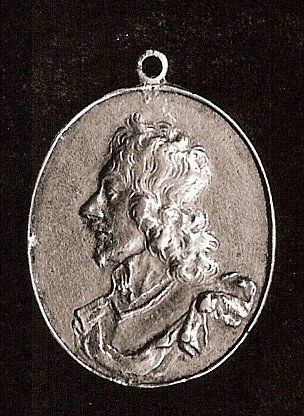Key Collections
The Cromwell Museum is home to the best collection in the world of items relating to Oliver Cromwell. We have a collection of nearly a thousand objects including paintings and works of art, arms and armour, personal items, written and printed documents, coins and medals and commemorative items relating to Cromwell’s life and times.
Around 70% of our collection belongs to the Museum; 10% is kindly loaned to us by other museums and institutions including the Royal Armouries, Cambridgeshire Archives and the Museum of London.
Just under 20% of our collection is on long term loan to us from the Bush family, Cromwell’s immediate descendants. We are very grateful for their ongoing support and kindness in sharing their incredible collection of items which have been handed down through the family over the last 370 years.
This section provides more information about just some of the highlights of the collection; most of the items here are part of our regular displays. We aim to be able to have a comprehensive searchable database of the entire collection accessible via this website over the next couple of years.
About a third of the Museum’s collection is on display at any one time; we welcome enquiries to view other items not currently on show by appointment. Please contact us for more details.
Silver Dunbar Medal, 1650.
A medal was produced to commemorate Cromwell’s victory over the Scots at the Battle of Dunbar, depicting Cromwell on one side and the House of Commons on the other. Gold medals were given to senior officers, silver to junior officers and bronze to the ordinary soldiers. As such, it was the first campaign medal to be issued to all ranks in British military history.






